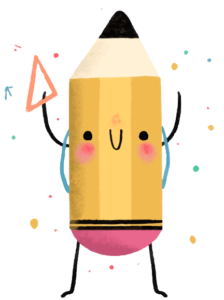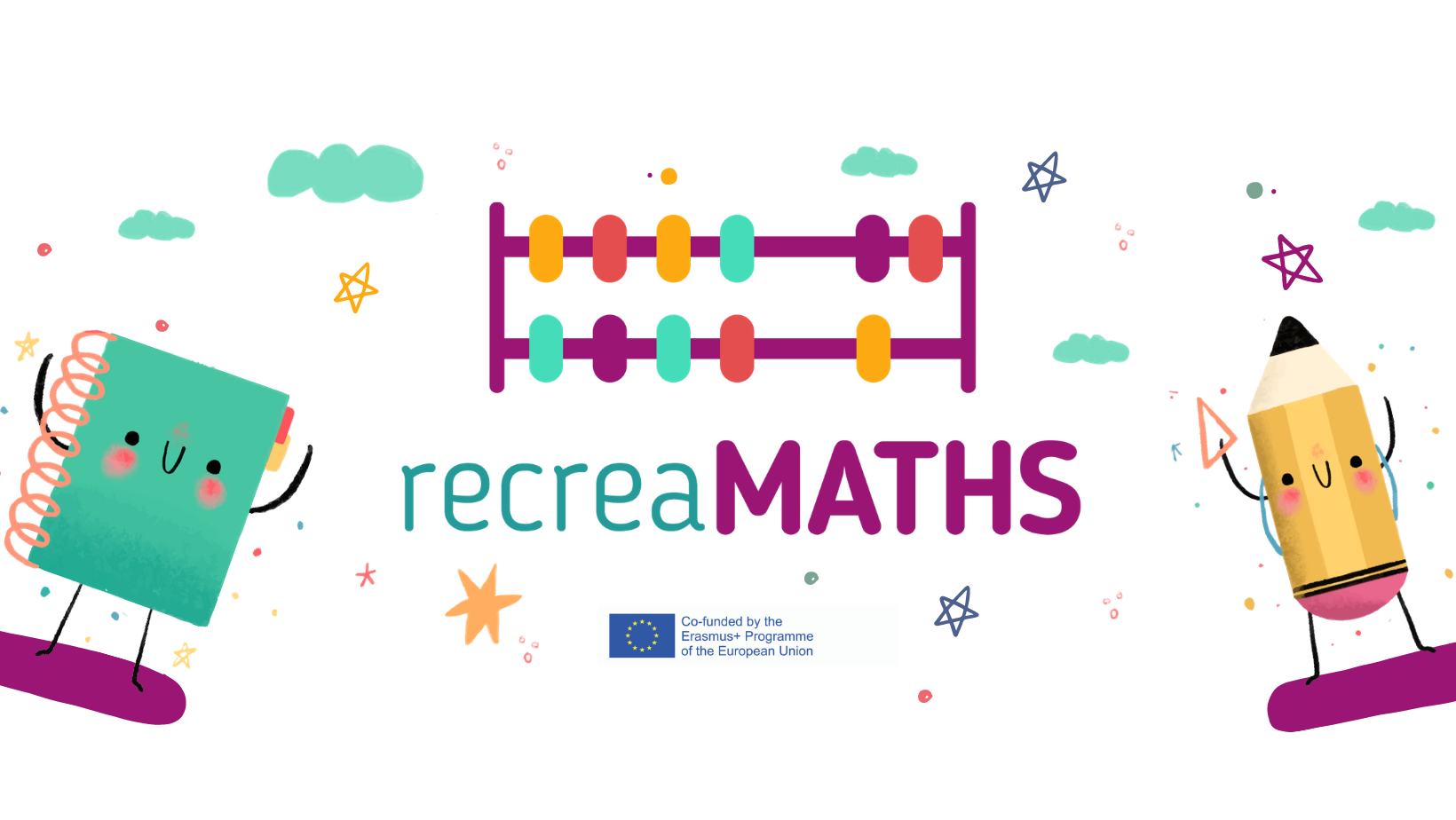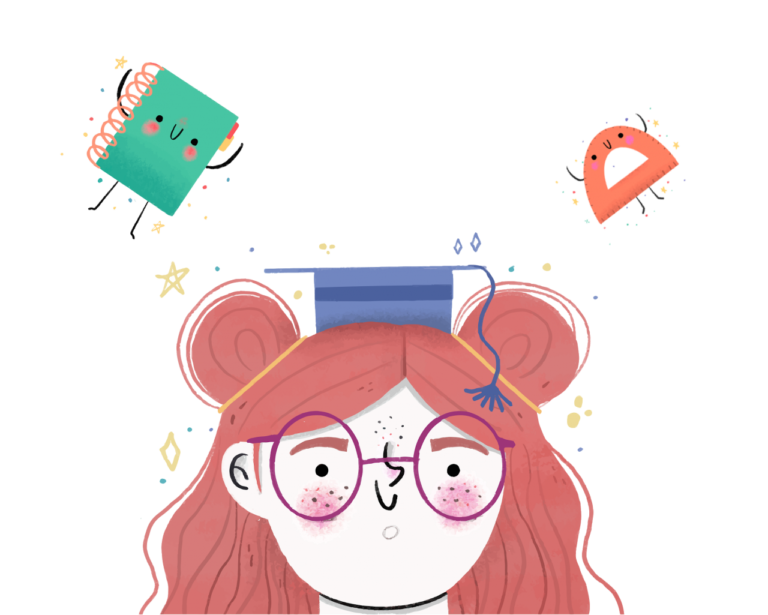The most common Math related Specific Learning Disorder (SLD) is Dyscalculia. Dyscalculia affects a person’s ability to understand numbers and learn mathematical facts. Students with this SLD often lose track while counting, mistake numbers during operations, have trouble memorizing and recalling mathematical mechanisms and rules. Students with Dyscalculia typically perform poorly in tests and become easily overwhelmed and develop math anxiety.
Math related disorders can start to be noticeable from preschool age according to the article “Specific learning disability in mathematics: a comprehensive review” (retrieved from Transl Pediatr. 2018 Jan; 7, on the 29th of March 2021). Toddlers may start showing difficulty learning to count, sorting, corresponding numbers to objects, memorizing numbers by hearing them. In order to have the earliest diagnosis possible, it is essential to expose children to mathematics as soon as possible. The earlier the diagnosis is made, the earlier the children may get help to develop good foundational skills.
Rochelle Kenyon, a consultant and trainer in education and disabilities topics, lists a series of strategies to teach students with math related learning disabilities (retrieved from NCSALL, ‘Focus on Basics’ – September 2000, on the 29th of March 2021). The first strategy is to not overload students’ memory and assign tasks in manageable amounts as skills are understood. The premise of RecreaMATHS is to shift the emphasis from “numeracy skills” and ‘skill and drill practices’ to teaching the ‘language of math’ focusing on the comprehension instead of the fast memorization of math procedures. This strategy profits all types of learners because it offers an adapted timetable for task assignment. The division of activities in clear, short steps, allow enough time for students with SLD to grasp the concepts. Memorization is not the strong suit of all students, so this method also favours those who need to understand mathematical concepts in order to learn math. It is easier for students with SLD to focus more on logic than memory. Therefore, one of the approaches is to challenge critical thinking to boost problem solving within learners with SLD using real life problems to render mathematics more tangible. Using real-life situations changes the point of view on mathematics making problems functional and applicable to everyday life.
The provision of supervised activities to ensure the good practice of mathematical concepts and the proper application of rules is another approach that can benefits students with SLD that is covered by RecreaMATHS for example with the module on 3D modelling. During the supervised activities it is important to give constant feedback to learners and also have them track their progress. Another strategy that aligns with RecreaMATHS approach is the use of manipulatives and technology specially with the help of the 3D modelling module.
Rochelle Kenyon advises to help students visualize math problems by drawing, this is an approach that helps learners to understand better using visual elements to illustrate concepts. She also advices the use of auditory examples by focusing on a multisensory method.
The project will be applying this approach in most of its intellectual outputs, for instance :

- mathematical e-books for children between 4 and 5 years old
- a version for children between 6 and 7 years old
- a collection of 12 hands-on plus 2 Virtual Mathematical exhibits for kindergartens
- 3D modelling with a 3D printer
These intellectual outputs also correspond to the Rochelle Kenyon’s strategy of using age-appropriate games as motivational materials. If possible, it is better to make creative, constructive activities, rather than exclusion or competition-based activities.
Distractions and unnecessary information in classes with learners with SLD must be avoided, for this reason cluttered worksheets and too much visual information are not helpful specially for students with ADD, ADHD and Dyslexia, structuring papers with clearly distinguishable titles and subtitles is a good beginning to have a better structure.
This article is part of our first intellectual output, the methodological guide, that will be available soon.
For more information about this project visit our website: https://recreamaths.eu/ and to stay updated of the progress of the outputs, follow the project on Facebook: @recreaMATHS

Project website : recreamaths.eu
![]() Follow the project on Facebook: @recreaMATHS
Follow the project on Facebook: @recreaMATHS
#recreaMATHS #erasmusplusproject
Our partners are Les Apprimeurs (France), Citizens inPower (Cyprus), Fermat Science (France), Istituto dei sordi di torino (Italy)

